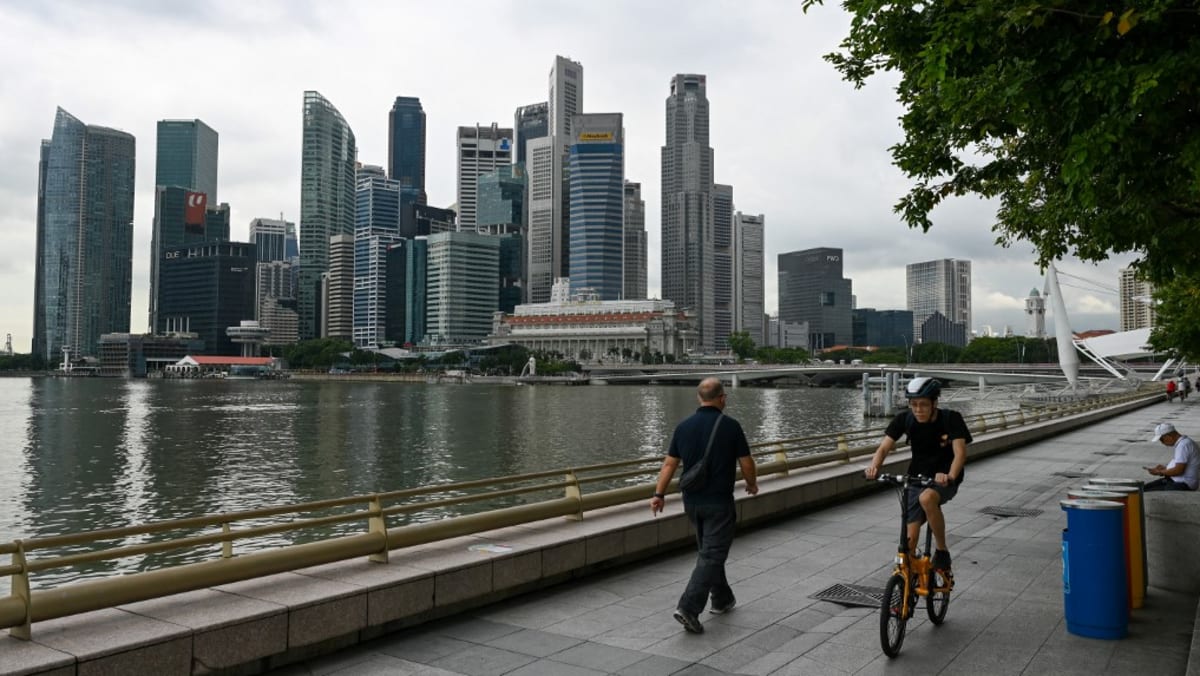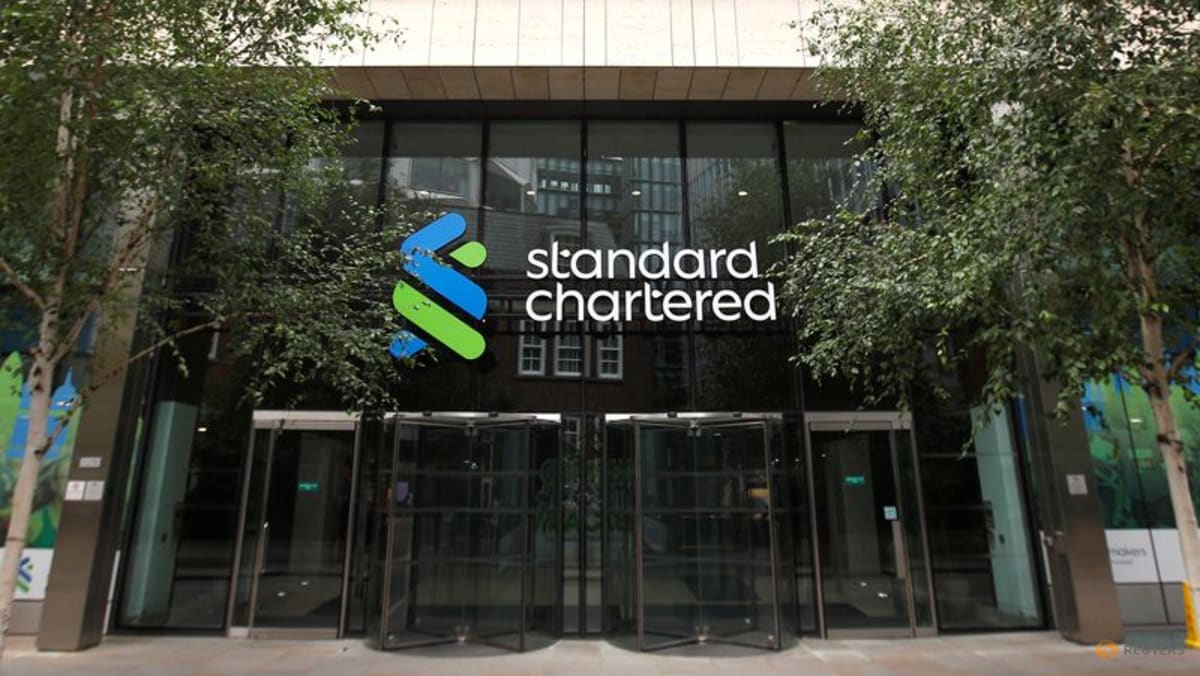For local businesses, the lower cost of borrowing will encourage them to take up new loans, especially for exporting businesses. Lending to trade-related sectors, such as manufacturing, wholesale and retail trade, and transport and storage picked up notably in 2025, supported by buyers abroad front-loading their purchases ahead of US tariffs.
Lower interest rates will also likely provide relief for the construction sector as it relies on commercial bank loans to finance its operations. Construction firms have already been trending towards a lower risk of defaulting on repayments, though it is still high compared to all commercial bank loans. Higher labour and material costs continue to impact profitability and cash flows.






